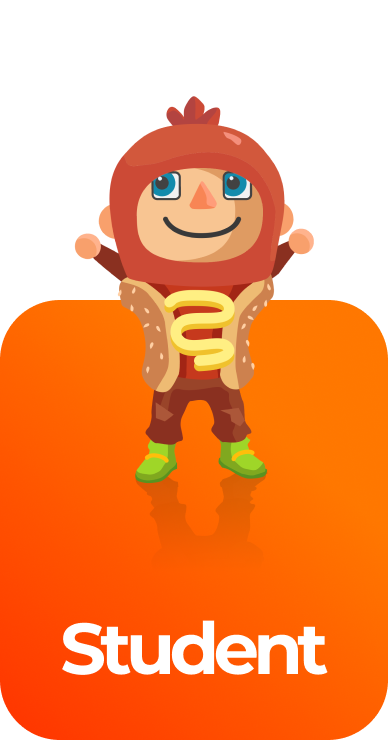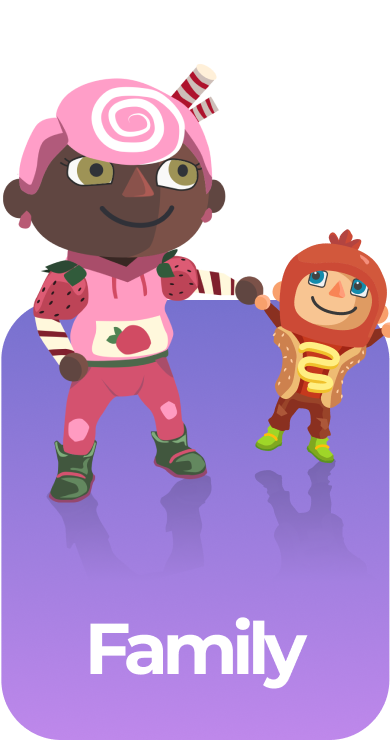Food Webs Science Games
6 gamesIn this series of games, your students will learn about how organisms are related in food webs in which some animals eat plants for food and other animals eat the animals that eat plants. Food Webs learning objective — based on NGSS and state standards — delivers improved student engagement and academic performance in your classroom, as demonstrated by research.
Scroll down for a preview of this learning objective’s games and the concepts.
Concepts Covered on Food Webs
An ecosystem includes all of the living organisms and nonliving components in a shared environment. Organisms of the same species that live in the same place together are a population. A community is all of the populations that live together in the same space. A food web shows how matter and energy move in an ecosystem. An herbivore is an animal that consumes only plants. A carnivore is an animal that consumes only other animals. An omnivore is an animal that consumes both plants and animals.
All organisms obtain living and nonliving resources from their environment. Examples of living resources are plants and animals. Examples of nonliving resources are sunlight, air, water, temperature, and soil. Interdependency means that every organism depends on other organisms to survive. Different plants and animals have unique and diverse life cycles.
Animals need energy to perform their life processes. A producer is an organism that can produce its own food to obtain energy. Examples of producers are plants and phytoplankton. Plants obtain the material for growth mostly from air and water. Consumers are animals that eat other organisms to obtain energy. The energy in an animal’s food was once energy from the Sun that was captured by plants. Decomposers are organisms that break down dead plant and animal remains.
A preview of each game in the learning objective is found below.
You can access all of the games on Legends of Learning for free, forever, with a teacher account.






